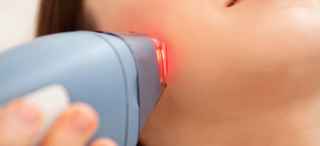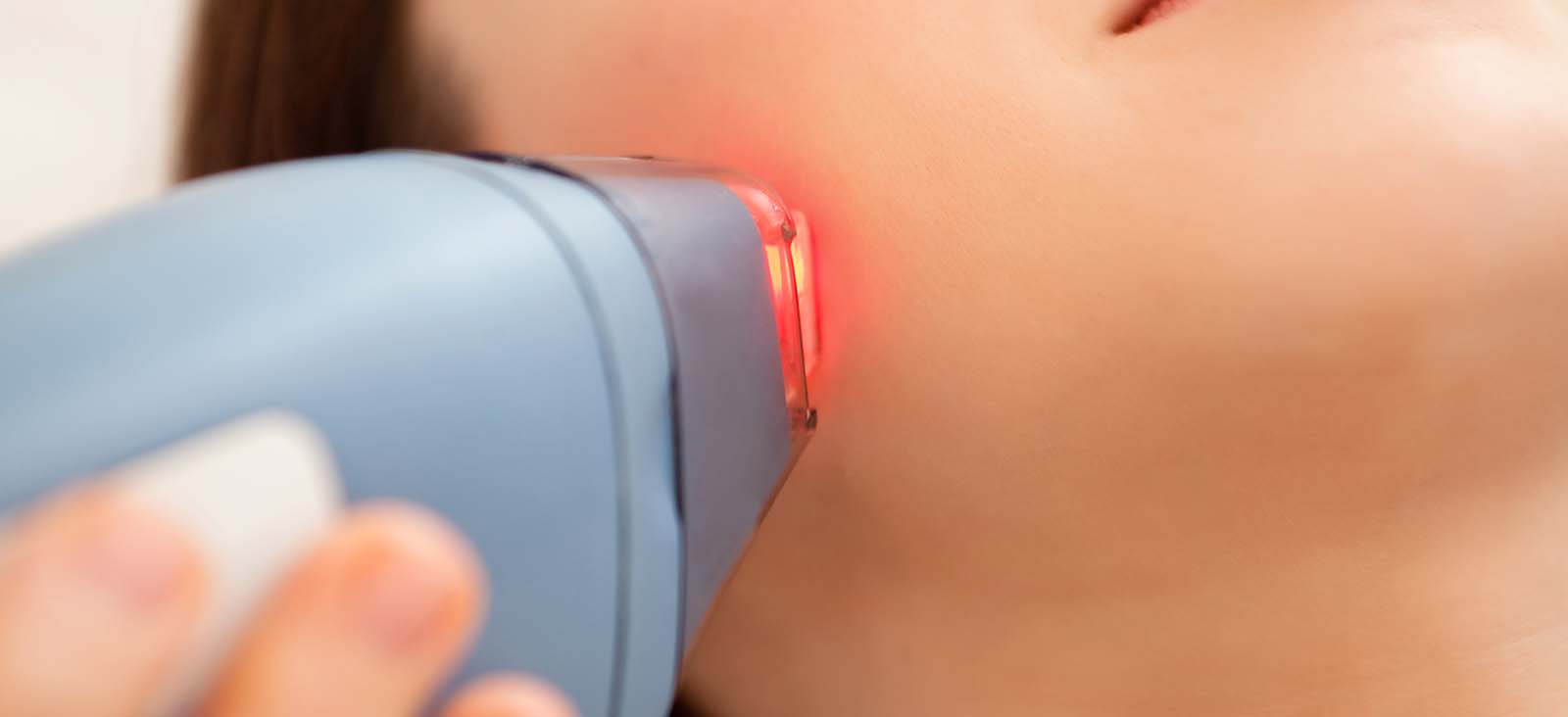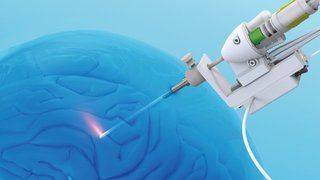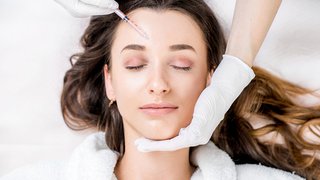What Laser Therapy Treatments Are Available?
New laser technologies are available each year. Knowing how to select the appropriate laser and the most effective means of delivery requires the expertise of a specialized physician.
Our dermatologists and plastic surgeons carefully evaluate each patient’s medical history and current condition. We recommend safe, effective options tailored to each patient’s specific needs and treatment goals.
Types of Laser Therapy
At UT Southwestern, our laser therapy options include:
Pulse Dye Laser Therapy
Uses
- Treats vascular lesions or broken blood vessels
- Minimizes the appearance of facial redness
- Treats vascular birthmarks and angiomas
- Treats pigmentation and melasma
- Improves skin wrinkles and lines
How it works
The type of laser used and the target area determine the tissue that will be affected. Lasers work in a number of ways. They can:
- Heat the blood vessels at the surface layer of the skin causing them to shrink
- Apply heat to pigmentation in the skin, facilitating exfoliation
- “Sand” or obliterate the surface, stimulating new growth of skin
Results can take up to two weeks and may require more than a single treatment. Treatment can be associated with some bruising or puffiness of the skin that can usually be covered with makeup, minimizing downtime. Patients can resume normal activities immediately after treatment.
Photorejuvenation
Uses
- Corrects benign skin issues such as blemishes and skin imperfections
- Reduces superficial pigmentation such as dark spots from sun-damaged skin, aging, or other biological factors
- Minimizes pore sizes
- Decreases redness from rosacea and flushing
- Eliminates unattractive small veins
- Evens out skin discoloration
- Improves the skin’s appearance on the face, neck, chest, arms, hands, and back
How it works
- Intense pulsed light or broadband light (IPL/BBL) technology reaches below all levels of the skin to target pigment and vascular issues that are causing damage.
- Treatment may be a series of two to five treatments initially, followed by one or two yearly treatments for maintenance.
- Results can appear in five to 10 days after initial treatment.
- Patients can go back to regular activities the same day, with no downtime.
Microlaser Peel
Uses
- Removes the skin's outer layer to reveal younger skin beneath
- Promotes the growth of newer skin cells while removing superficial, damaged skin layers
- Brightens the complexion dramatically
How it works
- Laser technology removes a controlled 30 to 50 millionths of an inch of skin tissue at a time.
- The removed thin layers of skin are replaced by newer skin growth.
- Patients can go back to work or light activities with makeup in one to two weeks and more strenuous activity in two to three weeks.
- Complete recovery time takes one to two months for swelling and redness to completely subside.
Fractional and Full Ablative Resurfacing
Uses
- Restores the skin to a more youthful appearance
- Treats wrinkles, scars, acne marks, pigment problems, and other skin issues
- Provides effective treatment for women and men of all skin colors
How it works
- Laser resurfacing skin treatment technology improves skin texture, tone, and firmness in just one treatment.
- The procedure removes thin layers of skin that are replaced by newer skin growth.
- Heat causes collagen deposition. Results continue to evolve over the next three to six months.
- Patients can go back to work with makeup in seven to 10 days and more strenuous activity in two to three weeks.
- Complete recovery time takes one to two months for swelling and redness to go away completely.
Levulan Photodynamic Therapy
Uses
- Treats acne scars
- Rejuvenates the skin
- Reduces pore size
- Rejuvenates sun-damaged skin on the face, neck, and shoulders
How it works
- Levulan therapy works in conjunction with intense pulsed light (IPL).
- The specialist first applies a topical solution to the skin, then treats the area by exposing it to a blue light, which destroys the actinic keratoses.
Skin Tightening Procedures
Uses
- Treats early skin laxity involving the lower face and neck region
How it works
- Uses energy to heat small areas of the skin for controlled stimulation and skin tightening
- Procedures are done under a local anesthetic and may require a few days of recovery for swelling to resolve.
- Results generally take three to six months to be achieved.







